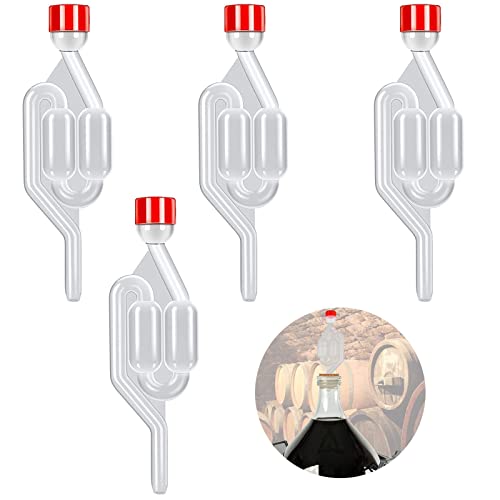I think the clarity of beer is important, its not a good look having friends around and offering them a cloudy beer, or having a judge given a cloudy beer by a steward in a comp. While it's only 5 points for appearance the judges will be alert in looking for other faults.
Its worth remembering the old adage, the first taste of a beer is with the eyes.
Getting a clear beer should follow getting the right pH for mash sparge and boil, be careful with the protein content of the grain bill, flaked oats and especially flaked wheat can be a nightmare. Boiling like you mean it, and leaving behind as much as possible in the kettle. Fermenting with enough yeast to get the job done, dry hopping within reason and cold crashing, as cold as possible, with a higher ABV beer as low as -2 C the colder the shorter the time in cold crash but should get most things to drop out.
A yeast haze is fairly standard and acceptable, that will quickly drop when packaged. Permanent and chill haze are what you don't want, that is caused by protein and polyphenols. Chill haze will disappear at room temperatures but doesn't take long to become a permanent haze. So just taking the effort to get everything right from grain selection, mash sparge and boil procedure, good yeast cell count, and sensible dry hopping. A longer cold crash at 0 degrees C so everything drops out and no finings should be needed, but that's optional.

































![BREWING THERMOMETER STICKERS ACCURATELY MONITOR FERMENTING BEER & WINE LIQUID TEMPERATURES 5PCS HOME BREW SPIRITS WINE LCD ADHESIVE [US]](https://m.media-amazon.com/images/I/311DDjo2X3L._SL500_.jpg)






